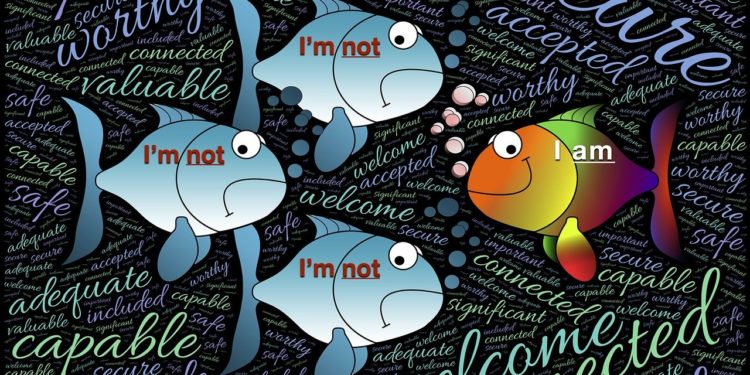Are you creative? Do you love coming up with new ideas? Some people are amazing at that and wake up in the morning with brilliant ideas.
That’s not me. When, as a child, I was given a white piece of paper and tasked to ‘draw anything you like’, I would struggle drawing anything at all. What to choose? My mind would just go blank, so I thought the creative gene had passed me by.
What I have learned since is that I am creative with ideas of others. I learn from looking at others. Not just one but many people. I then combine what they are doing into an idea that works for me.
That’s why I love writing D&I case studies. I hope a case study will inspire you to be creative with others’ ideas, that it will give you new ideas, and inspire a different approach to help you progress on your D&I journey.
The Meaning of Inclusion
A few months ago, I get a call from the D&I team of a large international organisation in the energy sector. They explain that the CEO has set new D&I objectives and tasked the D&I team with developing a programme that will help the company meet these objectives.
It’s their impression that the CEO and his team realise Inclusion is vital to their future strategy, but that not everyone in the leadership team seems to understand what Inclusion actually means.
Due to this lack of clarity, the D&I team – understandably – have been struggling to develop a roadmap for implementation of an impactful D&I programme.
What’s the Ask?
We are requested to run a 2-hour workshop with the Executive Committee.
The aim of the workshop is to form a shared idea of Inclusion, so that each member of the Executive Committee clearly understands what Inclusion in their company looks and feels like.
So Rina and I go to work.
In preparation for the workshop, we review the company’s existing D&I documentation and interview each of the members of the Executive Committee individually. The interviews are not only informative, they’re also designed to inspire each person to start thinking about Inclusion in the work context. The output of the interviews helps us shape the short workshop to be relevant, impactful and effective.
Having finalised our preparation, we are ready to embark on a focused workshop. In it, we focus on defining the company’s Inclusion Vision and Values, to align with its business strategy and future. We also agree personal and team commitments for the continued development of Inclusion at the Executive Committee level.
After the workshop, we hold individual follow-up sessions with each member of the Executive Committee to further clarify any ambiguities and answer residual questions. The follow-up sessions also ensure that our 2-hour workshop is only the start (rather than the end) of the Executive Committee’s Inclusion journey.
What did we learn?
In our debrief, the D&I team shared their delight with the results: the Executive Committee feels energised, motivated and – most importantly – clear about the carefully crafted Inclusion Vision and Values statements; these statements now make Inclusion tangible for the company; and the team feels comfortable cascading the Inclusion Vision and Values – alongside a well-considered D&I programme – to leaders and staff.
In the individual follow-up sessions, we learned that the Executive Committee members now feel confident talking about Inclusion and have started to progress their individual and team commitments and actions.
While this is not the end, it was a necessary, positive step forward on the company’s D&I journey.
If you find yourself in a similar situation, lacking clear guidance from the top of your organisation, consider the following Reflection Questions:
- Does the leadership team have clarity on what Inclusion is in your organisation?
- Is there a shared understanding of the benefits of Inclusion?
- Has the concept of Inclusion been broken down into tangible value statements or guiding principles that clearly set expectations for the behaviour of colleagues?
If not, you might find yourself struggling to implement Inclusion, like our client did. The strength of the D&I team above was that they realised what was missing, and were not afraid to ask for help to get that sorted.
If you think we can help – with one of our Ask Me Anything sessions (a free-of-charge 30-minute conversation) or an Expert on Tap session (individual 60-minute D&I mentoring conversations), or in any other way – consider getting in touch with us.


